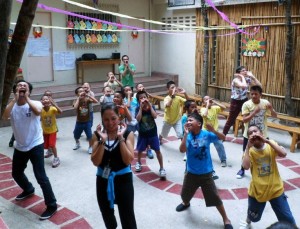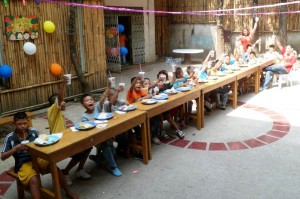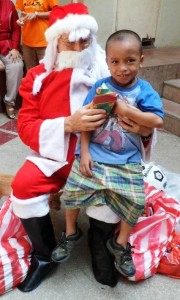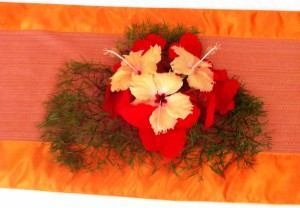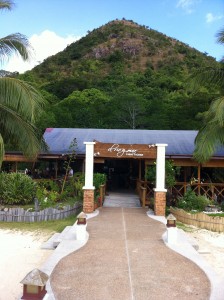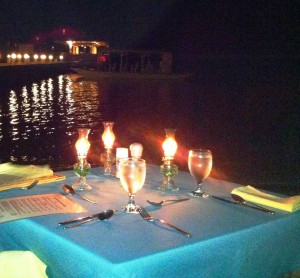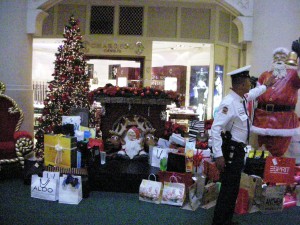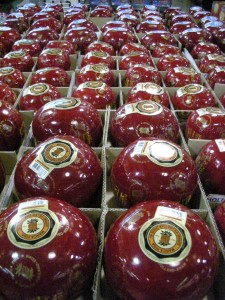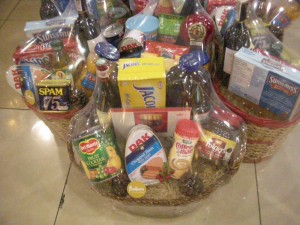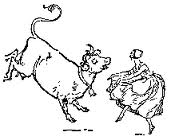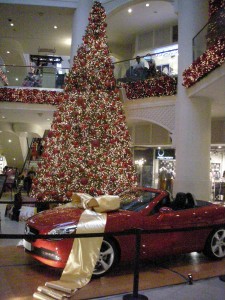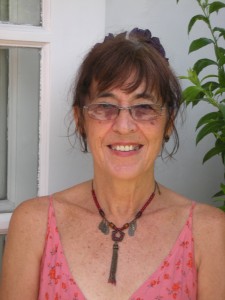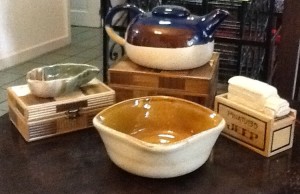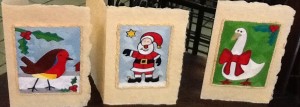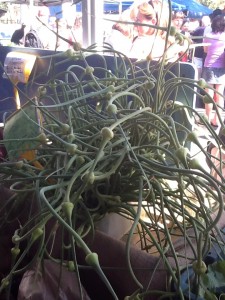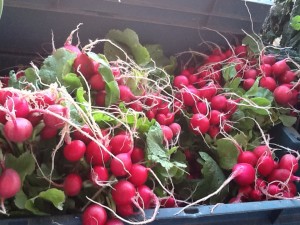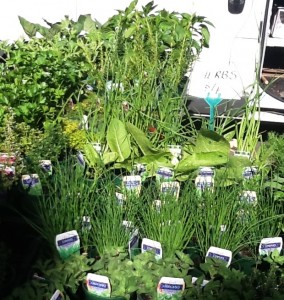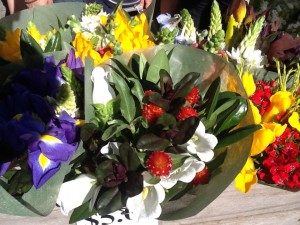 It was an intensely hot day in December complete with north wind. My sister-in-law had sweetly suggested taking us out to her favourite restaurant at Currency Creek, on the Fleurieu Peninsula. It was a Christmas treat, so I insisted on everyone dressing up a little, which, for the boys and me, meant jeans and a nice shirt or blouse. Not my cleverest idea ever, as it turned out…
It was an intensely hot day in December complete with north wind. My sister-in-law had sweetly suggested taking us out to her favourite restaurant at Currency Creek, on the Fleurieu Peninsula. It was a Christmas treat, so I insisted on everyone dressing up a little, which, for the boys and me, meant jeans and a nice shirt or blouse. Not my cleverest idea ever, as it turned out…
The Currency Creek Inn was built in 1842 on the main road from Goolwa to Strathalbyn. In 1880 it was converted into a smart residence and renamed ‘Kingsbrook’. Owners Chris Norris and Anna Priamo bought the derelict building, without plumbing or electricity, in 1989, and it has been a work-in-progress ever since. Today it has been reborn as a winery complete with cellar door, accommodation in the beautiful stone outbuildings, and a Mediterranean style, open-air restaurant under a pergola, open only on Saturdays and Sundays. Kingsbrook is also the perfect country entertainment venue: a wedding in the Orangerie, a seminar in the pavilion, a birthday party by the pool, or just a romantic Sunday lunch for two.
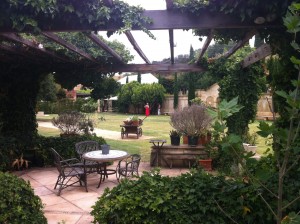 The original house stands at the foot of a hill that used to swoop steeply down to the back door, but two months with an earth mover saw the ground levelled behind the house to create a lawn tennis court and a high sandstone wall. Climb up a steep flight of stone steps to a higher levelled area where a large kitchen garden is divided into raised garden beds filled with vegetables you will recognize from the cafe menu: artichokes and tomatoes; beans and rosemary; mint and spring onions. Two huge pear trees shade broad areas of garden above and below the sandstone wall.
The original house stands at the foot of a hill that used to swoop steeply down to the back door, but two months with an earth mover saw the ground levelled behind the house to create a lawn tennis court and a high sandstone wall. Climb up a steep flight of stone steps to a higher levelled area where a large kitchen garden is divided into raised garden beds filled with vegetables you will recognize from the cafe menu: artichokes and tomatoes; beans and rosemary; mint and spring onions. Two huge pear trees shade broad areas of garden above and below the sandstone wall.
 The restaurant is an eclectic collection of stone and wooden tables with views to the vines and the lawn. Apple-blossom-pink bougainvillea trails around the open windows, and an espaliered mirror plant decorates the garden wall. Apparently there is also an olive grove, an orchard and free-range hens, not forgetting the wide selection of Kingsbrook’s own wines, including a very clean, cold rose, perfect on this achingly hot day.
The restaurant is an eclectic collection of stone and wooden tables with views to the vines and the lawn. Apple-blossom-pink bougainvillea trails around the open windows, and an espaliered mirror plant decorates the garden wall. Apparently there is also an olive grove, an orchard and free-range hens, not forgetting the wide selection of Kingsbrook’s own wines, including a very clean, cold rose, perfect on this achingly hot day.
We all gaze greedily at the blackboard menu with its array of modern Mediterranean dishes. Eventually, between us, we have chosen almost  everything on the menu: a dish of slow-cooked Moroccan lamb with a chunky variation of fattoush salad and yoghurt sauce, and a bowl of soft, cushiony gnocchi served with a delicately creamy mushroom and gorgonzola sauce; there are gourmet pizzas on crusts as thin as paper, that snap and crackle in your mouth; our daughter chooses a mouthwatering combination of confit duck with orange glaze, served with watercress and mango salad, the One & Only goes for seared barramundi fillets, glazed in a spicy Tunisian, piri piri sauce (harissa), the skin grilled to a delicious, blackened crisp, that floats on a bed of pearl couscous and preserved lemon.
everything on the menu: a dish of slow-cooked Moroccan lamb with a chunky variation of fattoush salad and yoghurt sauce, and a bowl of soft, cushiony gnocchi served with a delicately creamy mushroom and gorgonzola sauce; there are gourmet pizzas on crusts as thin as paper, that snap and crackle in your mouth; our daughter chooses a mouthwatering combination of confit duck with orange glaze, served with watercress and mango salad, the One & Only goes for seared barramundi fillets, glazed in a spicy Tunisian, piri piri sauce (harissa), the skin grilled to a delicious, blackened crisp, that floats on a bed of pearl couscous and preserved lemon.
 While we wait for our meals, we wander out across the lawn with a glass of rose, to inspect the garden. The loveliest thing about Kingsbrook – aside from the fabulous food and the glorious setting – is the ability to potter between courses. The Kingsbrook ‘winery dog’ is a playful sandy colored, ten week old French sheep dog that has a brief love affair with my boots and has to be separated from another guest’s straw hat. He follows us around the garden and attempts to join us in a game of boules, and he is keen to tumble with our teenager beneath the vines, testing out his sharp new teeth on every available and unwary limb. We explore the vegetable garden and the aviaries – also a good opportunity to remove ourselves from the vicinity of the pizza oven’s heat!
While we wait for our meals, we wander out across the lawn with a glass of rose, to inspect the garden. The loveliest thing about Kingsbrook – aside from the fabulous food and the glorious setting – is the ability to potter between courses. The Kingsbrook ‘winery dog’ is a playful sandy colored, ten week old French sheep dog that has a brief love affair with my boots and has to be separated from another guest’s straw hat. He follows us around the garden and attempts to join us in a game of boules, and he is keen to tumble with our teenager beneath the vines, testing out his sharp new teeth on every available and unwary limb. We explore the vegetable garden and the aviaries – also a good opportunity to remove ourselves from the vicinity of the pizza oven’s heat!
After we have feasted, some gather back on the lawn for another game of boules, while others wander off into the shade of the vines, before being tempted back to our table to share creamy lemon tarts and a delectable chocolate pannacotta and berries, both served with thick, fresh cream.
On a cooler afternoon, we may still have been lazing on the lawn at dusk, but today it is just too hot and everyone is wilting, so we head home reluctantly for a reviving dip in the icy sea at Horse Shoe Bay.




